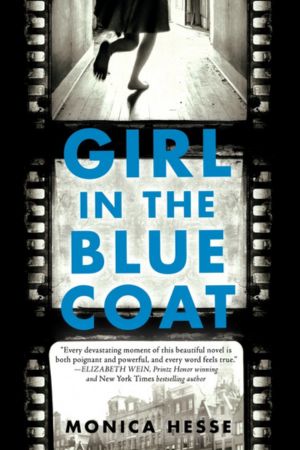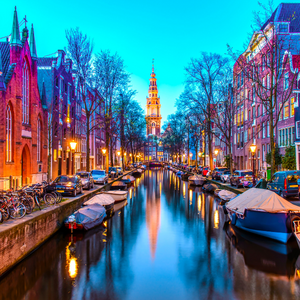
About the Book
-
Author:
- Monica Hesse
- Genre:
- Historical Fiction
Cover Story: Girls on Film
BFF Charm: Nay
Talky Talk: War Is Hell
Bonus Factors: Amsterdam
Anti-Bonus Factor: The Rest of Us Just Live Here
Relationship Status: History Classmates
Cover Story: Girls on Film
I like this cover—photography plays a certain role in the story, and it manages to be dark and dramatic without looking like a stock photo with text slapped over it.
The Deal
Hanneke lives in Amsterdam during World War II, and is in the black market business—her small rebellion against the Nazis, which helps her family survive. She’s adept at finding things, but when a client comes to her, asking her to find a missing Jewish girl, she’s thrust into a mission she never expected.
BFF Charm: Nay

I like unlikeable characters, so the fact that Hanneke is a bit closed-off and brusque didn’t bother me. (It is wartime, after all, and the Nazis were everywhere. Who wouldn’t be paranoid?) What did bother me was her ability to make the Holocaust all about her: you get the sense that everyone else is playing a supporting role in Hanneke’s Story of the War. The resistance group she meets has to force her to help them before they’ll commit their time and energy to her quest. It’s all about her personal pain, her acts of bravery, her redemption as she realizes that perhaps she’s not the biggest victim in the story. So, nope, no BFF charm for her, unfortunately.
Swoonworthy Scale: 1
There’s no real romance here—Hanneke’s boyfriend Bas was killed during the war, and she is still processing her grief.
Talky Talk: War is Hell
Monica Hesse’s prose and research are where the book really shines. Hesse beautifully captures wartime Amsterdam (a rather unique location, in all my WWII fiction-reading), and her description of what the resistance was doing to subvert the Nazis was absolutely fascinating.
On the other hand, Hanneke’s cool narration often doesn’t do the atrocities justice, which makes the reader feel rather removed, too. At one point, when she expresses surprise that the Jews were treated the way they were, a character asks her, “What did you expect?” It’s a fitting question for a girl who seems to lack empathy.
Bonus Factor: Amsterdam

We don’t often see Amsterdam in WWII fiction, which is a refreshing setting. You won’t see Anne Frank in this book (at least, not until the author’s note), but her presence is definitely felt in the descriptions of the quietly desperate families hidden in closets, sheds, attics, and anywhere else that seemed out of the reach of Nazis.
Anti-Bonus Factor: The Rest of Us Just Live Here
As you might have guessed, my major issue with this book is that it reduces the Holocaust victims to footnotes in their own story—a plot device and catalyst for Hanneke to become a better person. Even the titular girl in the blue coat is all filtered through Hanneke’s self-obsessed lens—first she’s a burden Hanneke doesn’t want, and then Hanneke can only relate to her because this girl might have had a best friend, a boyfriend, and a pre-war life… like Hanneke. Even when confronted with the stark reality of the Holocaust, Hanneke is willing to jeopardize her friends’ safety and ignore the other families suffering, just to complete her mission. Sure, she’s helping to save the girl in the blue coat, but the other Jews hardly register.
Is there a non-offensive way to write this story? I’ve given it a lot of thought, because although I found this book compelling, the treatment of the Jewish characters didn’t sit well with me. I think this would have been a good novel for multiple points of view, or at least an omniscient third-person perspective—anything to give a voice to the multitude of victims.
Relationship Status: History Classmates
Book, I think that you have a lot going for you, but in the end, we’re best suited as history classmates.
FTC Full Disclosure: I received a free review copy from Little, Brown. I received neither money nor a pet unicorn for writing this review, despite how hard I wished for one. Girl in the Blue Coat is available now.